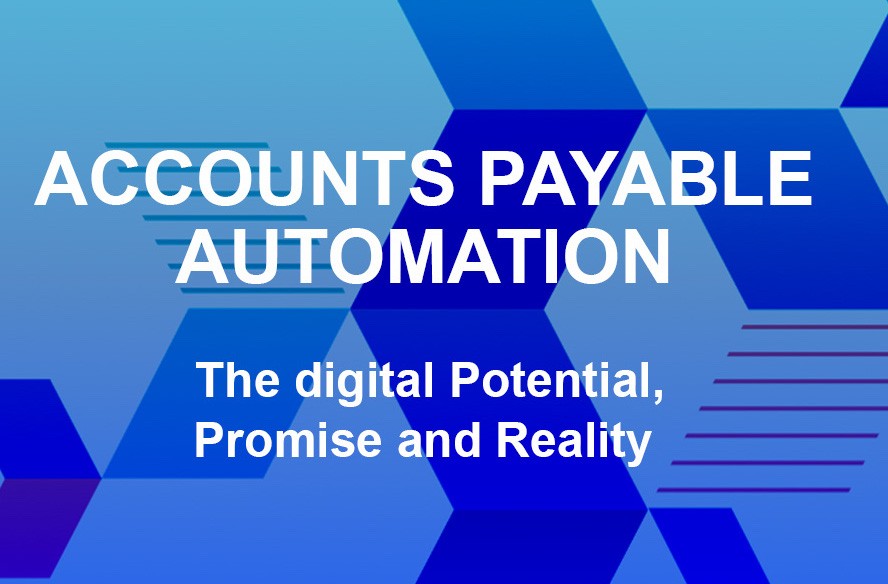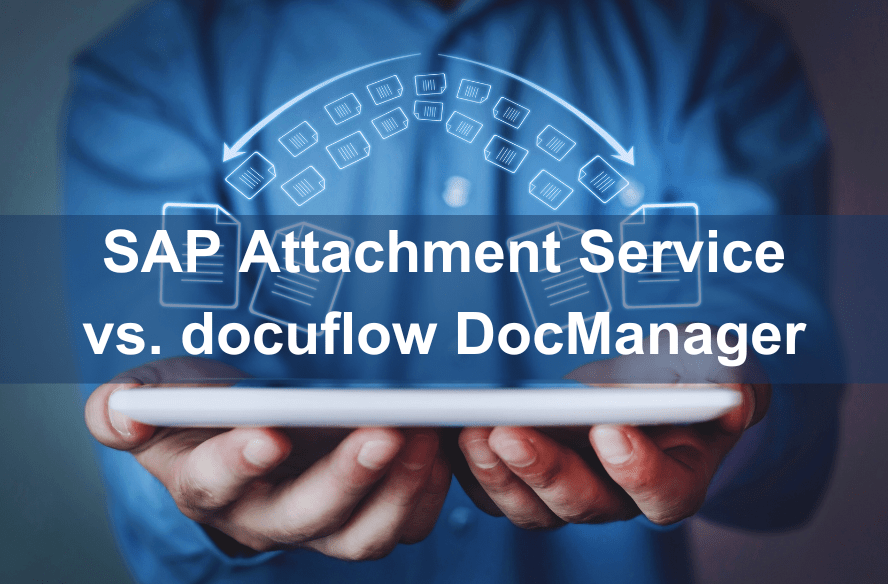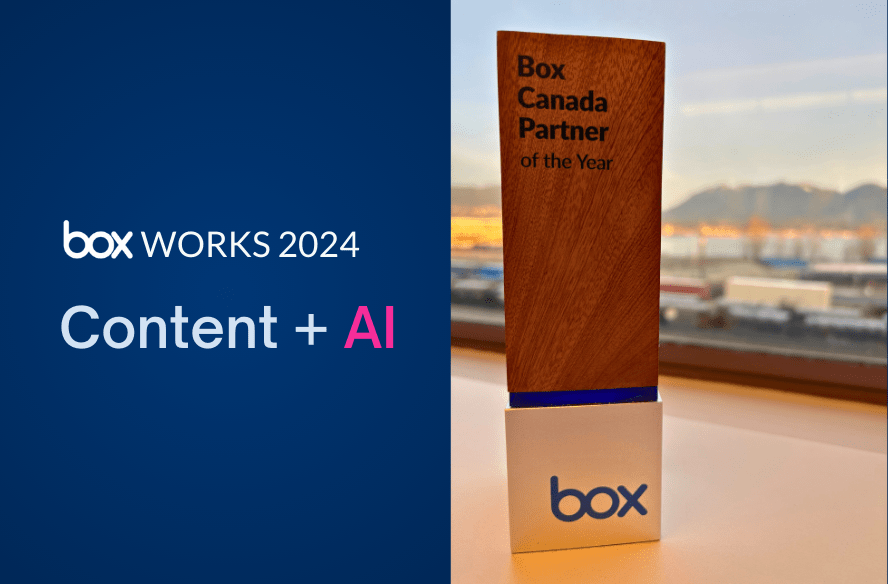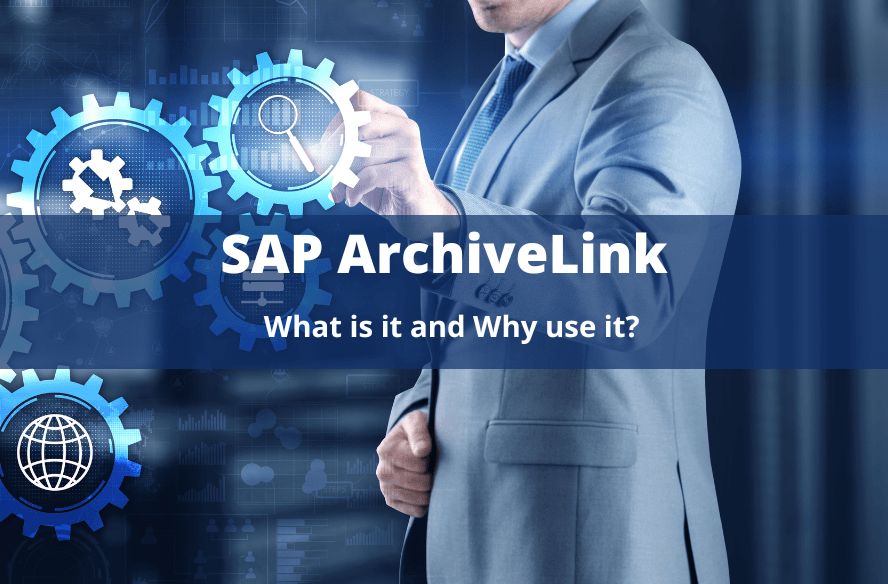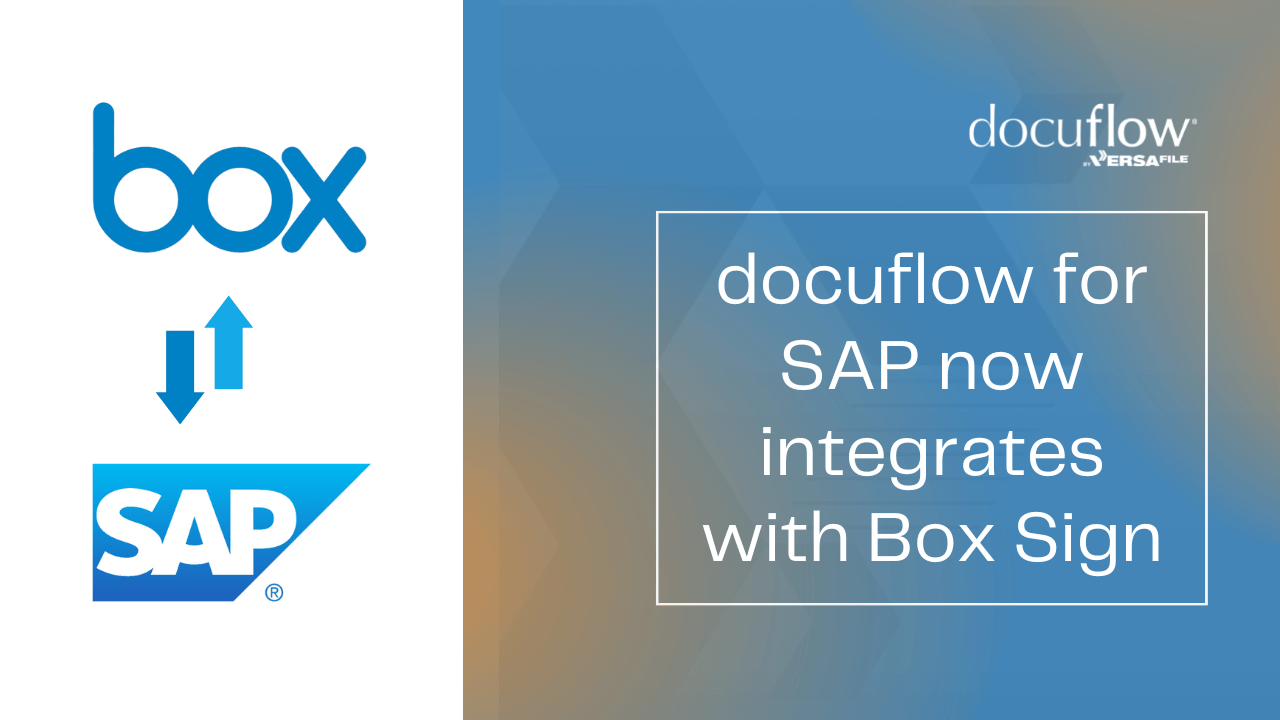ACCOUNTS PAYABLE AUTOMATION – THE DIGITAL POTENTIAL, PROMISE AND REALITY
Papercuts from Invoices hurt, but they won’t kill you!
In the 15 years I have been implementing invoice processing solutions for SAP, PeopleSoft, Oracle and other ERPs, AP Automation has proven to be the most consistent solution area in terms of return on investment (ROI) and success in delivering on the promise of tangible benefits. We see this time and time again, across all industries, in both private and public sectors. Below are some stats that been compiled by the Aberdeen Group.

Despite the proven benefits of operational savings, better visibility and improved financial tracking, the adoption of Invoice Processing Automation is still below 50%. Can you believe that? Yet countless surveys and analysts’ projections point to Accounts Payable (AP) Automation as a priority project board implementation in the next two to three years. However, these surveys have been stating the same trend for the last 10 years. So why has there not been broader adoption? Over the decades, hasn’t everyone done this already?
Yes and no. Most would argue they have done Invoice Processing Automation projects of some sort, but they either didn’t go far enough to be “fully automated” or the technological advances moved the “fully automated” goalposts further down the field. Examples include the many innovations such as Robotic Process Automation (RPA), Machine Learning (ML), Natural Language Understanding (NLU), Computer Vision, Advanced ERP Integrations and others that keep extending the core automation tenants of imaging, OCR and electronic workflow that have been in place for decades.
It is these innovations that continue to extend the automation capabilities that keep Accounts Payable and Financial Process Automation at the forefront of solution areas and keep executive mindshare. But as usual, implementing technology alone does not achieve our desired outcomes. Instead, our best intentions are interrupted with the usual suspects of resistance to change & business disruption; the cash and time outlay of an upfront investment; ERP technophobia and the wrong perception of what capabilities are truly available. Below we visit each of these topics with more detail and in perspective of Accounts Payable Invoice Automation.
Resistance to change or a perceived disruption to the status quo.
Will users adopt the solution? This becomes an issue with change management in an organization for any process change or automation project. It is human nature to be reluctant to change, but just because you’ve been doing something a certain way, doesn’t mean that it’s the right way.
When it comes to technology, the status quo will always be disrupted, of course. Any new paradigm, especially one that is replacing something so entrenched as the Accounts Payable Process, is bound to change the traditional process despite their manual, labour-nature. Typically, overcoming this resistance happens when it becomes overwhelmingly obvious that the current methods are no longer sustainable and potentially have a negative impact on the core business operations.
The reality: In the real world, Accounts Payable Automation solutions are light in impact and in what it asks of users. Outside of the actual capture process, approval processes are generally intuitive and are effectively integrated with the ERP (SAP, Oracle, PeopleSoft, NetSuite, etc.). Not only will it be used, it will be relied on for ease of use, better visibility and integrated compliance for the governance of the formal system of record – the ERP.
Up-front investment and cost versus value.
It’s difficult to comprehend value for something that you haven’t experienced first-hand. Conceptually, the costs associated with technology and customizing or changing the ERP can be daunting, particularly if throwing more people at it solves the short-term problems. After all, there may be bigger more strategic concerns at play. Solving problems with people, especially when up-front technology costs are significant, and it can take years to see the return on your investment, make it easier to put long-term solutions on next year’s priority list.
The reality: Today, many organizations in our nation’s business centers are having issues hiring, retaining and managing accounting teams. Continually recruiting, training and managing large accounting teams, particularly during end of period peaks, chips away at an organization’s competitiveness and profitability. And, outsourcing these tasks offshore has not worked out as easily as expected. With today’s hyper-sensitivity around data security, many organizations elect to keep these tasks in-house. So, when the need for change becomes important enough, automation with technology becomes a great option that doesn’t require physical floor space. Accounts Payable and Invoice Process Automation exploit economies of scale – as invoice volume increases, people and technology costs don’t rise equally, continually reducing the processing cost per invoice. Its biggest value is realized during growth periods and the need to execute best practices that support them, or to help you minimize long days and late nights at period end.
If your business is not growing or if it doesn’t have a lean methodology, you might not need technology. For any other situation, it’s time to pay attention. Most, if not all, AP automation solution vendors will be willing to help you calculate the true ROI, which in my experience can often be realized within 9 to 15 months.
Technophobia.
Why risk adding technology that may make things worse? Tinkering with an established ERP is a scary thought for most businesses. How many ERP implementations have there been that have lasted years? There is a reason to be skeptical of some ERP systems and technologies. Often, software vendors will make promises that don’t work, either because the projects weren’t properly scoped out or changes occur in your business or in the technology.
The reality: Take the time to understand if the technology will map to your future goals. Understand the roadmap of the software provider and talk to references to understand their journey. And most importantly, ask yourself does the vendor understand your unique requirements, the business climate and are they vested in your long-term success, being a true partner in your initiative. In the end, it’s not about technology as a whole that becomes the obstacle for action. It’s just that specific vendors will better fit your objectives and core values.
Mistaken perception of what’s available.
Accounts Payable Automation solutions have been around for a while. Certainly, that’s true… for some elements. For example, invoice processing—the effort of digitally reading and capturing data from supplier invoices—is essentially a commodity product. Even the workflow elements are standardizing. But if that is your understanding of what AP Automation is, you’re in for a happy surprise.
The reality: Like all technology, Accounts Payable Automation has evolved to take on more of the entire supplier payment process or what is better described as Financial Process Automation. It continues to solve issues around vendor on-boarding, data management & visibility, tax compliance, even executing and reconciling payments. And once those elements are in place at-scale, early payments are also on the ROI table.
Software, particularly cloud-based, is now easier to use and faster to implement. And with more robust ERP integration, it’s efficient for finance, the field and vendors. Emerging technologies like RPA and Intelligent Automation will only continue to get better and continue to help you achieve greater ROI, and that is its unique lifetime value.
In closing:
We all get distracted by our daily routine. Issues and problems are only a pain when they happen. Scenarios, such as dealing with payment errors or compliance failures, are what drive daily interruption, rework, corrections and overall time and cost. Often my first engagement with a client is only the result of when the pain is not sustainable, and action is required.
But Accounts Payable is a job that must get done. And doing it poorly means thousands of tiny cuts every day into the operation. While those little paper cuts won’t kill you, they hurt and collectively they affect the morale, the efficiency, and the risk exposure the organization faces. And all this happens even while existing solutions are proven and available that would remove those cuts.
Try our no-charge half-day Intelligent Automation Workshop and discover how Automating Accounts Payable would work for your organization. Get in touch!
